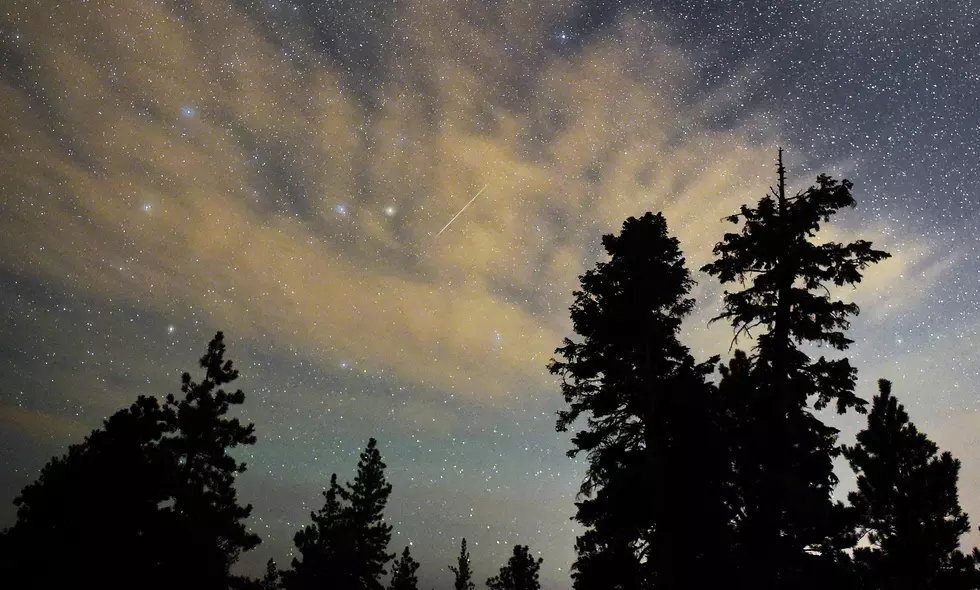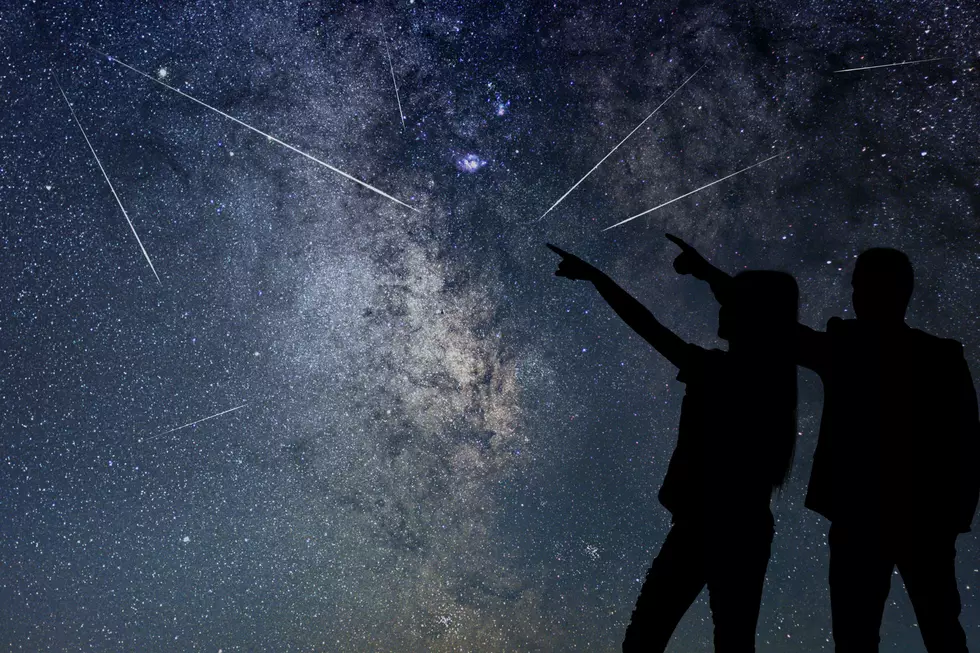
Look to the Sky! Two Meteor Showers Peak At End of July
Look to the sky. Two meteors showers will peak at the end of July.
In the early morning hours of July 28 and 29, the Delta Aquarid meteor shower will peak, producing about 10 to 20 meteors per hour, according to astronomer Joe Rao.
On the evening of the 28th, the constellation Aquarius will be reaching its highest point in the southern sky by 1 AM local time. From then, through the balance of the night, you’ll be able to count the shooting stars.
Around the same time, the Alpha Capricornid shower will also light up the night sky.
Go Dark
The best way to see the meteor showers is to do dark. Rao says the farther away from bright lights you are the better chance you have to see more sky and more shooting stars. "If you’re trying to watch from a city street corner, surrounded by tall buildings, you’re not going to have good luck."
The two July meteor showers are said to be a warm-up for the most impressive summer meteor shower, which peaks in August. Mark your calendars. The Perseid Meteor Shower will peak on August 11-12 and they can produce anywhere from 45 to 90 meteors per hour.
This year may be more difficult to see the Perseids. August 11 is the same time we'll see a brighter full moon that will light up the sky, making most of the shooting stars disappear.
Photographer Captures Stunning Northern Lights Show in Adirondacks
Photographer Captures Stunning Northern Lights In Old Forge
More From WIBX 950









